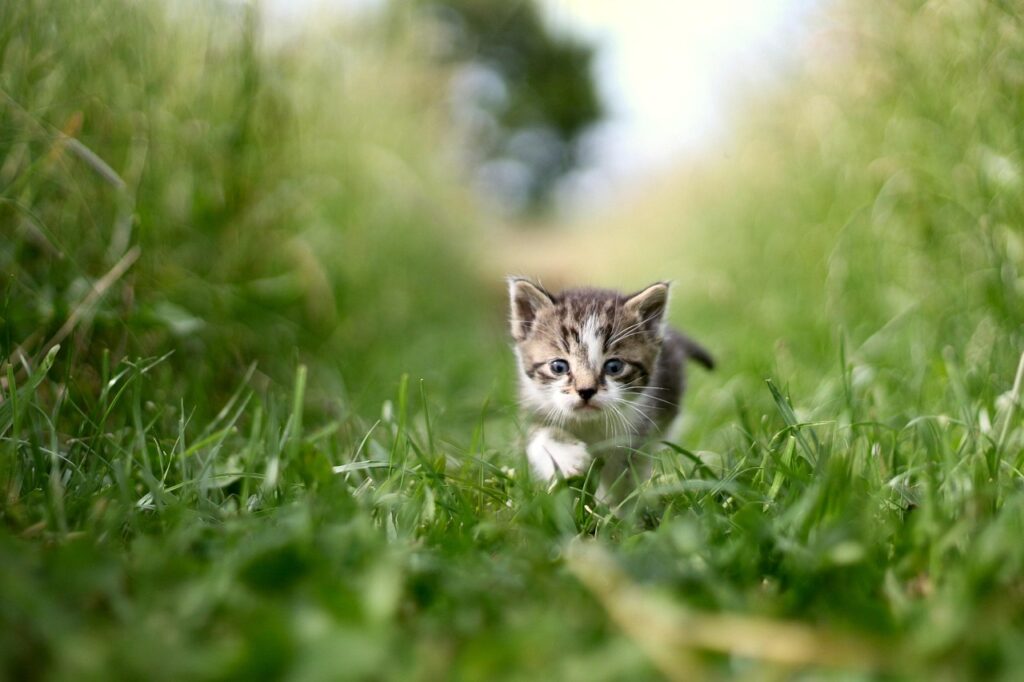
We all strive to create a safe and nurturing home for our families, and for many of us, that family includes beloved furry companions. Just as we childproof our homes for young children, it’s equally vital to “pet proof” our living spaces to safeguard our animals from a myriad of hidden dangers. Many everyday items, from tempting treats in the kitchen to seemingly harmless products in the bathroom or garage, can pose significant, even fatal, risks to our dogs, cats, and other pets.
As responsible pet owners, our commitment to our animals extends beyond providing food, shelter, and affection; it includes diligent protection from preventable harm. Unfortunately, many owners are unaware that common household items, often perceived as benign, harbor toxic substances that can lead to severe illness, organ damage, or even death. Understanding these pervasive threats is the first, most critical step in establishing a truly pet-friendly environment and being prepared for potential emergencies.
This in-depth guide aims to shed light on twelve of the most dangerous household items that could be toxic to your pets. Drawing on authoritative information, we will explore what makes these items hazardous, the symptoms to watch for, and, most importantly, actionable steps you can take to prevent exposure and respond effectively if an accident occurs. Your awareness and proactive measures today can genuinely save your pet’s life tomorrow.

1. **Chocolate and Caffeinated Products**Chocolate, a beloved human indulgence, poses a significant and well-documented threat to pets, particularly dogs and cats. Its toxicity stems from two key compounds: theobromine and caffeine. While humans can metabolize these substances relatively efficiently, pets cannot, leading to an accumulation of toxins in their system that can cause serious health issues. The darker the chocolate, the higher its concentration of theobromine, making baking chocolate and dark chocolate particularly dangerous.
Ingestion of chocolate or caffeinated products can manifest in a range of symptoms, starting with gastrointestinal upset such as vomiting and diarrhea. As the toxicity progresses, pets may exhibit increased heart rate, restlessness, tremors, and in severe cases, seizures. If a large amount of highly concentrated chocolate is consumed, especially by a smaller animal, the outcome can unfortunately be fatal. Early recognition of these signs and prompt veterinary intervention are absolutely crucial.
Beyond chocolate, other caffeinated products found in many households present similar risks. Coffee, tea, soda, and energy drinks all contain caffeine, which can lead to agitation, abnormal heart rhythms, muscle tremors, and seizures in pets. It is imperative to keep all forms of chocolate and any beverages or food items containing caffeine securely out of reach, ensuring that these seemingly innocent treats do not become a tragic mistake for your curious companion.
Read more about: 12 Smart Buys for Caffeine Lovers: Uncovering Undervalued Coffee Roasters for Your Morning Brew

2. **Grapes, Raisins, Onions, and Garlic**These seemingly wholesome ingredients, common in many human diets, are deceptively dangerous for pets and frequently lead to poisoning incidents. Grapes and raisins, even in small amounts, have been definitively linked to acute kidney failure in dogs. The exact toxic mechanism remains somewhat mysterious, but the devastating effect on canine kidneys is undeniable, making them one of the most feared food toxins for dog owners.
Symptoms of grape or raisin toxicity can include vomiting, lethargy, decreased appetite, and reduced urine production, often appearing within hours or days of ingestion. The severity of the reaction does not always correlate with the amount eaten, meaning even a single raisin can trigger a life-threatening crisis. Immediate veterinary attention is essential if you suspect your dog has consumed any amount of grapes or raisins, as early decontamination and supportive care can significantly improve the prognosis.
Onions and garlic, along with other members of the Allium family like leeks and chives, contain sulfoxides and disulfides. These compounds are particularly destructive to red blood cells in pets, especially dogs and cats, leading to a condition called hemolytic anemia. This type of anemia results in the destruction of oxygen-carrying red blood cells, causing symptoms such as weakness, pale gums, rapid breathing, and general lethargy. Whether raw, cooked, or in powdered form, all preparations of these ingredients pose a risk.
It’s important to remember that these toxins can be found in many processed foods, gravies, and even baby food, making it crucial to scrutinize ingredient labels. Never share table scraps that might contain onions or garlic, and be cautious when cooking, ensuring no stray pieces fall to the floor. Proactive avoidance is the best defense against these common yet profoundly dangerous food items.
Read more about: Unsafe Bites: 7 Dog Treats You Should Reconsider for Optimal Canine Health and Safety
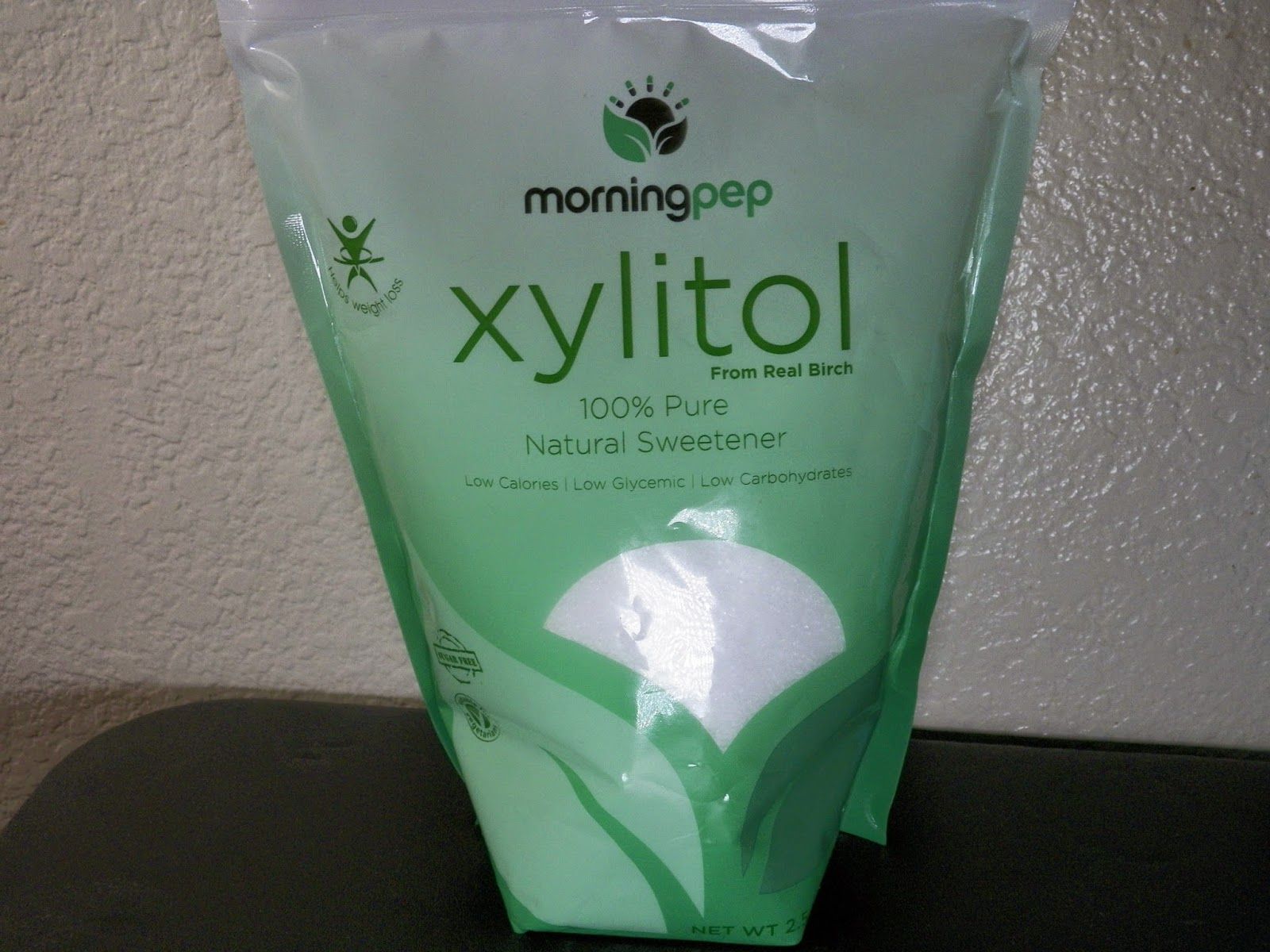
3. **Xylitol**Among the array of artificial sweeteners prevalent in modern products, xylitol stands out as an extreme danger to dogs. It is a sugar alcohol commonly found in many sugar-free human products, and while safe for human consumption, it can cause a rapid and dangerous insulin spike in canines. This surge of insulin leads to a precipitous drop in blood sugar levels, known as hypoglycemia, which can quickly become life-threatening.
The ingestion of xylitol can cause symptoms to appear within 15-30 minutes, including vomiting, weakness, staggering, collapse, and seizures due to severe hypoglycemia. In more significant exposures, xylitol can also cause liver failure, which is a much more grave and often fatal complication. The amount of xylitol needed to cause toxicity can vary, but even small quantities can be incredibly dangerous for a dog.
Common sources of xylitol include sugar-free chewing gum, candies, mints, and some brands of peanut butter. It can also be found in certain cough syrups, mouthwashes, and toothpastes. Pet owners must diligently check ingredient labels on all household products, especially those that might be easily accessible to pets. Keeping all xylitol-containing items securely stored and completely out of paw’s reach is a non-negotiable step in pet safety.
Read more about: Homeowners Beware: Unmasking the Hidden Dangers of 15 Common Houseplants Highly Toxic to Pets

4. **Human Medications and Supplements**Perhaps the most frequent cause of pet poisoning involves human medications, both prescription and over-the-counter varieties. Pets, driven by curiosity or simply ingesting pills dropped on the floor, can suffer severe adverse reactions to drugs intended for humans. What might be a therapeutic dose for a person can be toxic or fatal for an animal due to differences in metabolism, weight, and physiological responses.
Pain relievers are a prime example of this danger. Nonsteroidal anti-inflammatory drugs (NSAIDs) like ibuprofen and naproxen can cause stomach ulcers, kidney failure, and other gastrointestinal issues in pets. Acetaminophen, a common pain reliever, is particularly deadly for cats, causing severe liver damage and red blood cell destruction even in small doses. Never administer human pain medication to a pet without explicit veterinary instruction.
Beyond pain relievers, a vast array of other human medications poses significant threats. Antidepressants, ADHD medications, and sleep aids can lead to severe neurological symptoms such as tremors, seizures, disorientation, and extreme lethargy. Even seemingly harmless supplements like high doses of vitamin D or iron tablets can be toxic, causing issues ranging from gastrointestinal upset to organ damage. All medications, including vitamins and supplements, must be kept in tightly closed containers and stored in secure locations inaccessible to pets. Never leave loose pills on counters or nightstands, and always consult your veterinarian before giving any medication to your pet.
Read more about: Unlock Top-Tier Healthcare: Your Actionable Guide to Finding the Right Doctor or Specialist in Under a Week

5. **Cleaning Products (Bleach, Detergents, Toilet Bowl Cleaners)**Our desire for a clean and sanitized home often involves the use of a variety of powerful cleaning agents, many of which contain corrosive and toxic ingredients that are lethal to pets if ingested or inhaled. These household cleaners, including bleach, detergents, and disinfectants, are designed to be effective against germs and grime, but their chemical potency makes them extremely dangerous for curious animals.
Bleach, a ubiquitous household cleaner, presents a significant hazard. Ingesting undiluted chlorine bleach can cause severe injury to the mouth and esophagus, leading to painful ulcers and chemical burns. Symptoms can also include stomach upset, vomiting, and diarrhea. While diluting bleach reduces its immediate danger, it does not eliminate the risk entirely, and contact should still be prevented. Even residual bleach on surfaces can be harmful if pets walk on them and then lick their paws.
Laundry products, such as liquid laundry detergent and particularly laundry detergent pods, pose unique and serious risks. These pods are highly concentrated and can cause severe stomach upset, irritation to the mouth and throat, and in some cases, life-threatening symptoms including respiratory distress and chemical burns. Toilet bowl cleaners, floor and countertop sprays, and various other chemical disinfectants all contain ingredients that can lead to internal burns, organ damage, or poisoning. It is paramount to store all cleaning products in dog-proof cabinets or closets with tight-fitting caps. Ensure proper ventilation when cleaning, and keep pets entirely out of the treated area until surfaces are dry and fumes have dissipated. Always flush toilet bowl cleaners and keep the lid down, preventing pets from drinking from a treated bowl.
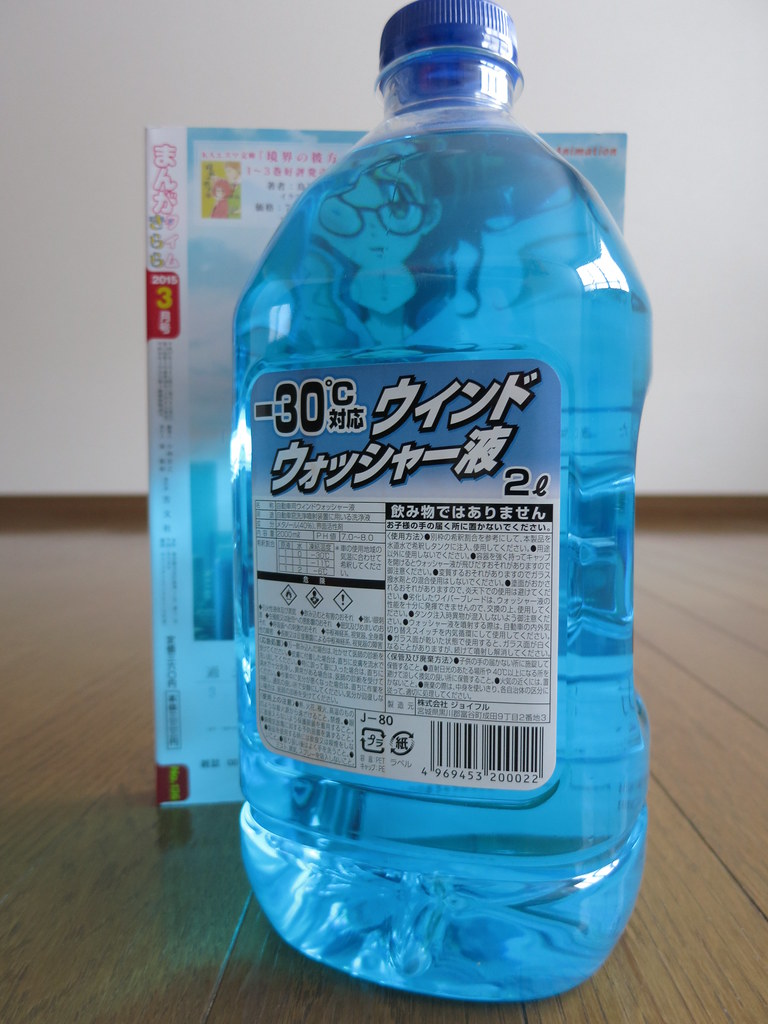
6. **Antifreeze**Antifreeze is an extremely dangerous and insidious household toxin, primarily because its most common ingredient, ethylene glycol, has a deceptively sweet taste that is highly attractive to animals. This seemingly palatable characteristic makes it a particular threat, as pets may readily lap up spills, making them vulnerable to its deadly effects. The danger is immense: as little as one teaspoon for a cat or a tablespoon or two for a dog, depending on their size, can be fatal.
Once ingested, ethylene glycol is rapidly metabolized into highly toxic compounds that primarily target the kidneys. Initial symptoms, which may appear within 30 minutes to 12 hours, can include increased drinking and urination, vomiting, and appearing drunk or disoriented. These early signs might seem mild, but they quickly progress to more severe neurological symptoms like seizures, eventually leading to acute kidney failure, coma, and ultimately death if left untreated.
Antifreeze is not only found in car radiators; it’s also present in smaller amounts in other household products such as motor oils, windshield deicers, brake fluid, paints, wood stains, and some printer cartridges. Vigilance is key to prevention: keep all antifreeze and related products in sealed, clearly labeled containers, stored securely out of reach. Promptly clean up any spills on driveways, garage floors, or other hard surfaces. Consider using non-toxic propylene glycol-based antifreeze alternatives when possible. If you suspect your pet has ingested any amount of antifreeze, no matter how small, immediate veterinary attention or contact with a pet poison control center is an absolute emergency. Time is of the essence, and swift action can make the difference between life and death.
Read more about: Beyond the Bottle: A Maintenance Expert’s 12 Essential Hacks to Prevent Overheating Without Ever Adding New Coolant

7. **Mothballs**Mothballs, often stored in closets or drawers to protect fabrics from pests, are far from harmless. These small, white balls contain potent chemicals, either paradichlorobenzene or naphthalene, both of which are highly toxic to pets, especially dogs. Naphthalene, in particular, is considered the more dangerous of the two. Pets might be attracted to the smell or simply curious, ingesting them with potentially devastating consequences.
Ingestion of mothballs, even in small doses, can quickly lead to gastrointestinal upset, manifesting as vomiting, severe abdominal pain, and diarrhea. As the toxins are absorbed and concentration increases, especially with naphthalene, pets can develop more severe systemic issues. These include anemia, characterized by the destruction of red blood cells, as well as neurological symptoms such as tremors, weakness, and disorientation, and in very serious cases, even seizures.
Beyond these acute symptoms, high doses of mothball chemicals can cause significant internal organ damage, particularly affecting the liver and kidneys, potentially leading to organ failure. Given the severe and wide-ranging effects, immediate veterinary attention is critical if a pet is suspected of consuming mothballs. The safest approach for pet-owning households is to avoid mothballs entirely, opting instead for natural alternatives like cedar or regularly cleaning storage areas to deter pests, ensuring these potent chemicals are never within a pet’s reach.
Read more about: The Ultimate Guide: 10 Simple Ways to Protect Your Classic Car from Devastating Rodent Damage

8. **Batteries**Batteries, found in countless household electronics from remote controls to children’s toys, represent a less obvious but equally dangerous hazard to pets. Most commonly, alkaline dry cell batteries (like AA, AAA, C, D) contain corrosive alkaline chemicals, such as sodium or potassium hydroxide. When a curious pet, often a dog, chews on or punctures a battery, these chemicals can leak out, causing severe damage. Small button-cell batteries, found in watches or small electronic devices, also pose a significant risk, both from chemical leakage and as potential foreign body obstructions.
The primary and immediate danger from a punctured battery is chemical burns to the mouth, esophagus, and other internal tissues. These highly caustic substances can cause painful ulcers, inflammation, and tissue necrosis, leading to difficulty swallowing, excessive drooling, and visible pain. If swallowed whole, batteries can also become lodged in the esophagus or intestines, causing a physical obstruction that requires emergency surgical intervention. Furthermore, the leakage of alkaline material can lead to more widespread internal damage if the battery is ingested and dissolves.
Symptoms of battery ingestion or puncture can include abnormal salivation, pawing at the mouth, pain in the mouth or abdomen, vomiting, and lethargy. If there’s an obstruction, noisy breathing or difficulty breathing may also occur. Given the serious nature of these injuries, immediate veterinary consultation is paramount. Pet owners should diligently secure all batteries and battery-operated devices, ensuring they are stored in inaccessible locations or in secure containers, preventing pets from ever having the opportunity to chew on or swallow them.
Read more about: The 13 Best Affordable Portable Fridges for Car Camping: An In-Depth Wirecutter Review

9. **Insecticides and Pesticides**Our quest to keep homes and gardens free of unwanted pests often leads us to use a variety of insecticides and pesticides. While effective against their target organisms, these chemicals pose a significant threat to pets, whether ingested, inhaled, or absorbed through the skin. These products are designed to be toxic, and their indiscriminate use can easily expose our furry companions to harmful substances, leading to a range of severe health issues.
Insecticides, including those used for indoor pest control, outdoor garden treatments, and even some flea and tick products (if misapplied or used on the wrong species, particularly cats), contain neurotoxins that can disrupt a pet’s nervous system. Symptoms of exposure can vary widely depending on the chemical type and dose, but commonly include tremors, muscle convulsions, and seizures. Pets might also exhibit difficulty breathing, excessive drooling, lethargy, or gastrointestinal distress such as vomiting and diarrhea. Some baits are even formulated with attractive ingredients, further increasing the risk of ingestion.
To mitigate these risks, pet owners should always use pest control products strictly according to label directions, prioritizing pet-safe options where available. During and immediately after treatment, it’s crucial to keep pets, and any items they regularly use, out of the treated area for the period recommended by the product label or until surfaces are dry and fumes have dissipated. Maintaining good ventilation is also essential. In the yard, apply insecticides only in areas completely inaccessible to pets, protecting them from direct contact or from consuming treated grass or plants, thereby minimizing exposure to these dangerous garden and lawn chemicals.
Read more about: A Dog Trainer’s Candid Confession: Why I Steer Clear of Dogs with These Potentially Harmful Traits

10. **Rodenticides (Rat and Mouse Bait)**The presence of rodents in or around the home often prompts the use of rodenticides, commonly known as rat and mouse baits. These products are formulated to be highly lethal to rodents, but tragically, their attractive scents and flavors, coupled with often bright colors, make them incredibly tempting and equally deadly for pets, especially curious dogs. Ingestion of even a small amount can have severe, often fatal, consequences, making them one of the most dangerous toxins a pet can encounter.
Rodenticides typically fall into several categories, each with a different mechanism of action and varying symptoms. Many modern baits contain anticoagulants, which interfere with the pet’s blood clotting ability, leading to internal bleeding. Symptoms of anticoagulant poisoning can be delayed, appearing days after ingestion, and may include lethargy, pale gums, nosebleeds, bruising, blood in urine or stool, and difficulty breathing. Other types contain cholecalciferol, which causes a dangerous rise in blood calcium levels, leading to kidney failure, excessive thirst and urination, and mineralization of soft tissues. Some baits contain bromethalin, a neurotoxin causing neurological signs like tremors, seizures, and paralysis.
Given the extreme danger, prevention is paramount. All rodenticides must be stored securely in sealed containers, completely out of reach of pets, ideally in locked cabinets or sheds. If baits must be used, they should only be placed in tamper-resistant stations inaccessible to pets or in areas where pets cannot possibly venture. Regular checks of your property for signs of rodenticides, especially if neighbors use them, are also important. If you suspect your pet has ingested any type of rodenticide, immediate and urgent veterinary care is an absolute emergency. Early diagnosis and aggressive treatment are critical to survival, as the effects can be insidious and rapidly progressive.
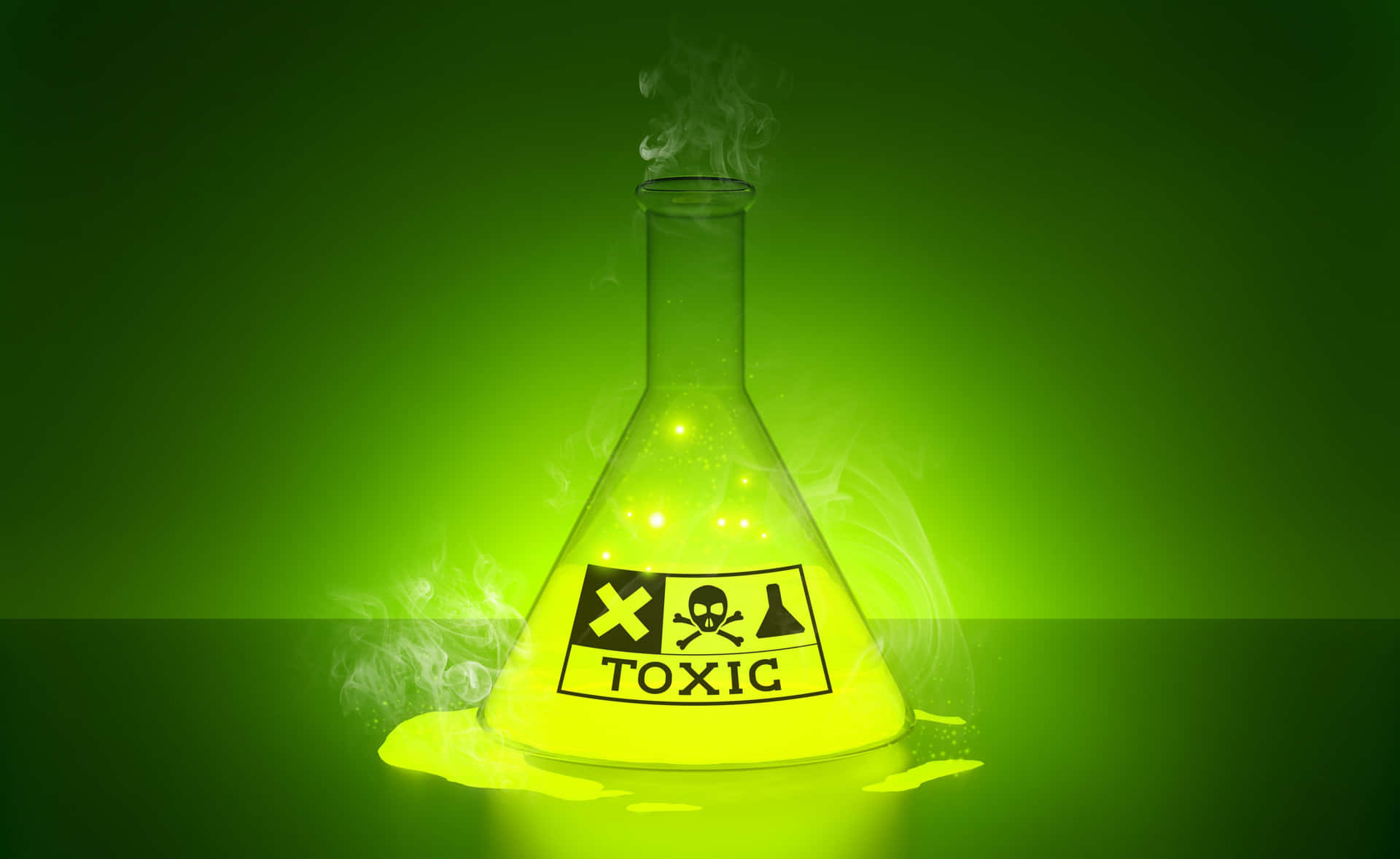
11. **Toxic Plants (Lilies, Sago Palm, Azaleas)**While plants add beauty and life to our homes and gardens, many common species harbor toxins that can be profoundly dangerous, even deadly, to pets. Understanding which plants pose a threat is a vital aspect of creating a truly pet-safe environment. Pets, particularly cats and curious puppies, may chew on leaves, stems, or flowers out of boredom, play, or natural instinct, unknowingly exposing themselves to life-threatening compounds.
Among the most notorious culprits are lilies, which are devastatingly toxic to cats. Even a small ingestion—a nibble on a leaf, a lick of pollen, or a sip of water from a vase containing lilies—can cause acute kidney failure within 72 hours, which is often fatal without immediate and aggressive veterinary intervention. Sago palms, popular ornamental plants, contain cycasin, a potent toxin that causes severe liver damage, vomiting, bloody stools, seizures, and can lead to death in dogs. Oleander and azaleas are also highly cardiotoxic; even a small amount can disrupt heart function, causing arrhythmias, tremors, gastrointestinal upset, and potentially fatal cardiac arrest.
Creating a pet-safe botanical environment requires vigilance. The best defense is to identify and remove all highly toxic plants from your home and yard. If removal isn’t feasible, ensure these plants are in areas completely inaccessible to pets, such as securely fenced-off garden beds or hanging baskets out of reach. Familiarize yourself with a comprehensive list of toxic plants, and when bringing new greenery into your home, always verify its pet safety. If your pet chews on any suspect plant, do not delay; contact your veterinarian or a pet poison control center immediately. Swift action is crucial, especially with highly toxic plants where every moment counts.
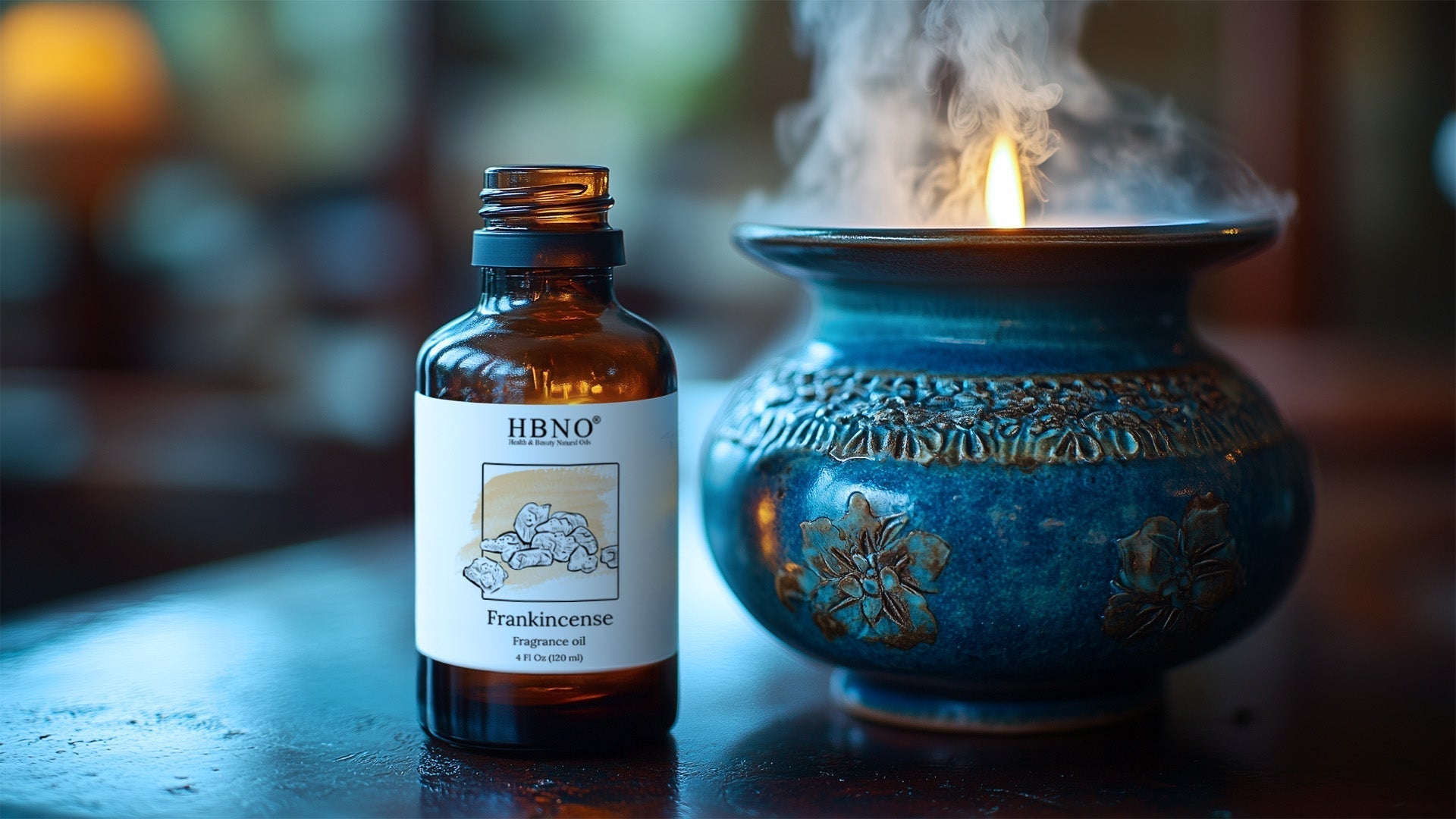
12. **Scented Candles and Essential Oils**Our homes are often filled with the comforting aromas of scented candles and the purported wellness benefits of essential oils. However, these popular household items, while pleasant for humans, can harbor hidden dangers for our beloved pets, particularly those with sensitive respiratory systems or a tendency to explore with their mouths. The chemicals released and concentrated in these products can lead to a range of health issues, from mild irritation to severe systemic toxicity.
Many scented candles are made from paraffin wax, contain lead wicks, or release synthetic oils and fragrances when burned. These components can be problematic. Lead wicks can be toxic if ingested, while the synthetic fragrances, often containing chemicals like naphthalene or phthalates, can aggravate existing respiratory conditions like asthma in pets, causing coughing, sneezing, and breathing difficulties. Curious pets might also attempt to chew on candles, risking ingestion of wax or other harmful compounds, or suffer burns from lit flames or hot wax spills. For optimal pet safety, choose candles made from natural, non-toxic waxes like soy or coconut, with unbleached cotton wicks, and always place them securely out of reach.
Essential oils, whether diffused into the air or applied topically, pose a significant concern. Pets can inhale the concentrated oil particles or ingest them by licking residues off their fur, furniture, or diffusers. Cats are especially vulnerable due to their unique liver metabolism, which struggles to process certain compounds in essential oils, leading to rapid accumulation of toxins. Common problematic oils include tea tree oil, peppermint, citrus, pine, and cinnamon. Symptoms of essential oil poisoning can range from drooling, vomiting, and diarrhea to weakness, tremors, liver damage, and respiratory distress. It is generally recommended to avoid diffusing essential oils in homes with pets, or at least to ensure ample ventilation and restrict access to diffusing areas, and never apply undiluted oils directly to a pet’s skin without veterinary guidance, safeguarding their well-being from these aromatic but hazardous items.
Read more about: 11 Leather Goods Bloggers Need to Feature: Transforming Thrift Finds into Luxurious Photo-Ready Treasures
Our commitment to our pets goes beyond the basics of food and shelter; it encompasses the crucial responsibility of safeguarding them from the myriad of hidden dangers lurking in our everyday environments. This comprehensive journey through twelve common household items, from tempting human treats to seemingly innocuous plants and cleaning agents, underscores a fundamental truth: proactive prevention is the most powerful tool in a pet owner’s arsenal. By meticulously pet-proofing our homes, diligently storing hazardous substances, and staying informed about potential toxins, we empower ourselves to create sanctuaries where our furry companions can thrive without constant threat. Remember, every secure cabinet, every checked label, and every informed decision contributes to a lifetime of health and happiness for the animals who enrich our lives immeasurably. Your vigilance today truly paves the way for a safer, more joyful tomorrow for your cherished pets.



